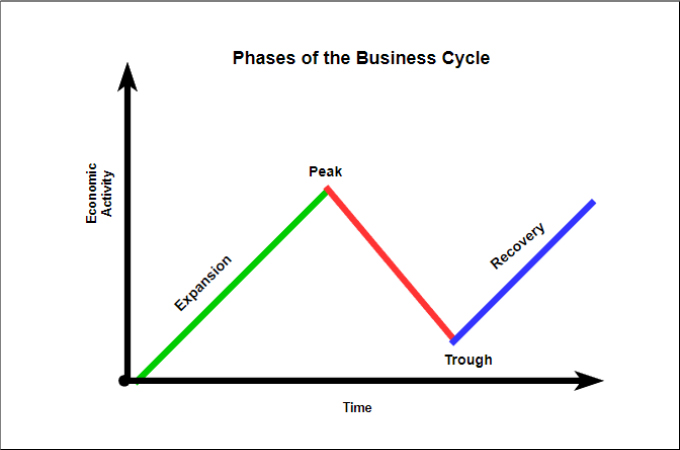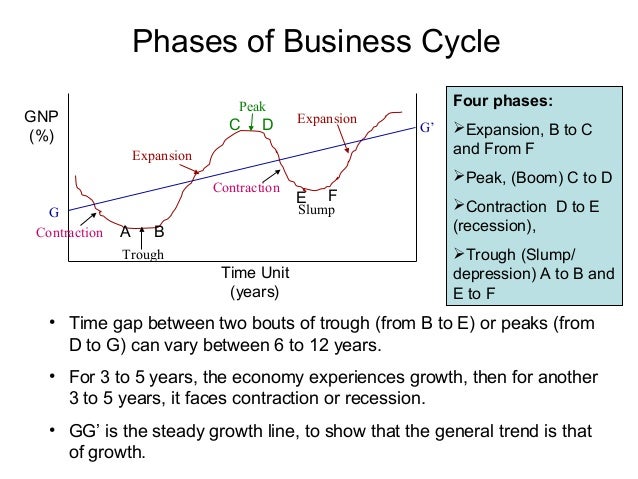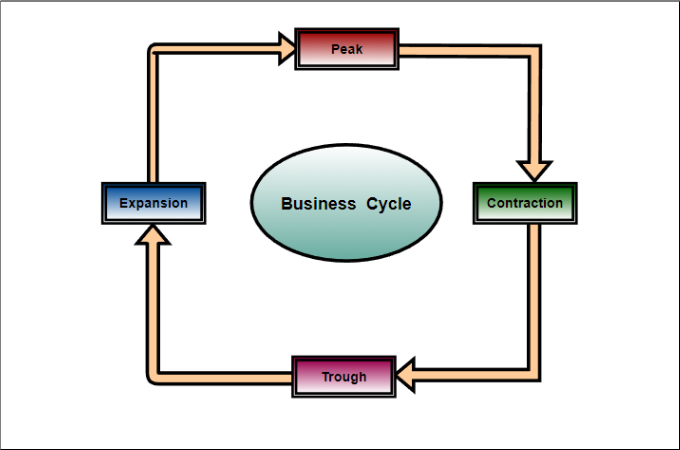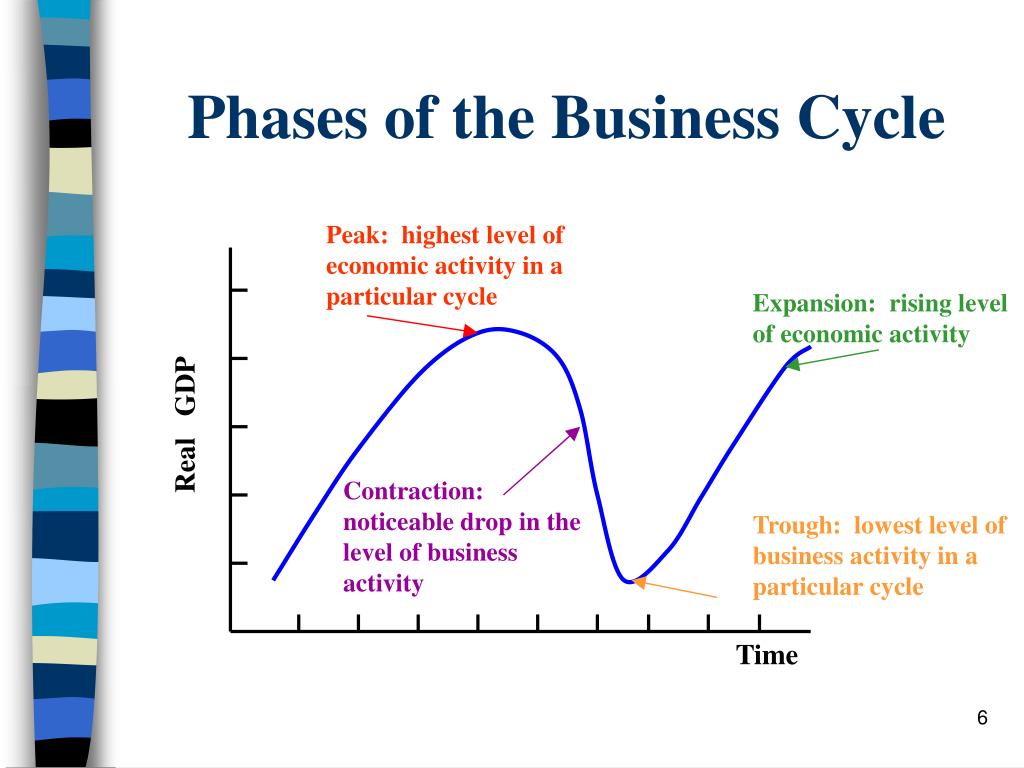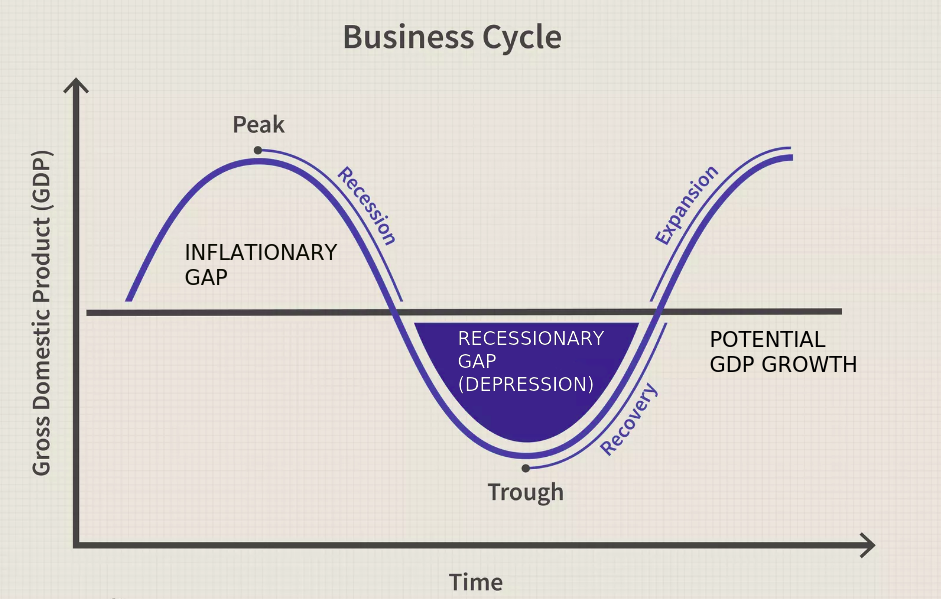Describe The Phases Of Business Cycle

Imagine a serene lake, its surface mirroring the sky, reflecting a perfect calm. But beneath the surface, currents shift, sometimes gently, sometimes with surprising force. This is much like the economy, an intricate ecosystem that ebbs and flows, rises and falls, in a continuous, yet predictable, pattern known as the business cycle.
Understanding these cycles is crucial for businesses, investors, and everyday individuals alike. It allows us to anticipate changes, make informed decisions, and navigate the economic landscape with greater confidence. The business cycle, at its heart, is the recurring pattern of expansion and contraction in economic activity.
The Phases of the Business Cycle
The business cycle isn't a rigid, clockwork mechanism. Rather, it's a dynamic process with four distinct phases: expansion, peak, contraction, and trough. Each phase has unique characteristics and presents different opportunities and challenges.
Expansion: A Time of Growth
The expansion phase is a period of economic growth. During this phase, things generally look bright.
Employment rises, businesses invest, and consumer confidence increases. As people feel more secure about their financial future, they tend to spend more, further fueling economic growth.
“Economic expansions are the periods where innovation thrives, and living standards generally improve,”says a recent report from the Bureau of Economic Analysis (BEA).
Peak: Reaching the Summit
The peak represents the highest point of economic activity in the cycle. This is where the expansion reaches its limit.
At the peak, demand often outstrips supply, leading to higher prices and potentially inflation. Businesses might find it difficult to maintain their growth rates, and consumer spending may begin to slow down.
This phase is often marked by overconfidence and speculative investments, which can create vulnerabilities in the economy.
Contraction: A Period of Adjustment
The contraction phase, sometimes referred to as a recession, is a period of economic decline. It follows the peak and is characterized by falling GDP.
During a contraction, businesses cut back on investment and hiring, leading to increased unemployment. Consumer spending decreases as people become more cautious about their finances.
The National Bureau of Economic Research (NBER) is the official arbiter of recessions in the United States, defining it as "a significant decline in economic activity spread across the economy, lasting more than a few months."
Trough: The Lowest Point
The trough represents the lowest point of economic activity in the cycle. It marks the end of the contraction phase.
At the trough, economic activity is at its lowest ebb, but it also signifies the beginning of a new expansion. Inventories have been depleted, and businesses begin to see opportunities for renewed growth.
This phase is often characterized by low interest rates and government stimulus measures aimed at boosting economic activity.
Navigating the Cycle
Understanding the phases of the business cycle allows businesses and individuals to make more informed decisions. During an expansion, it might be a good time to invest and expand operations. During a contraction, it's important to be more cautious, conserve resources, and prepare for potential challenges.
Central banks, like the Federal Reserve, play a critical role in managing the business cycle. They use monetary policy tools, such as interest rate adjustments, to try to moderate the ups and downs of the economy and promote stable growth. Fiscal policy, implemented by governments through spending and taxation, also influences the business cycle.
Just as a seasoned sailor understands the tides and currents of the ocean, a grasp of the business cycle helps us navigate the economic seas with greater skill and foresight. While we can't control the cycle itself, we can learn to anticipate its movements and adjust our sails accordingly, ensuring a smoother journey toward a more prosperous future. The economy, like that serene lake, is always in motion, and understanding its rhythms is the key to thriving within it.
/businesscycle-013-ba572c5d577c4bd6a367177a02c26423.png)
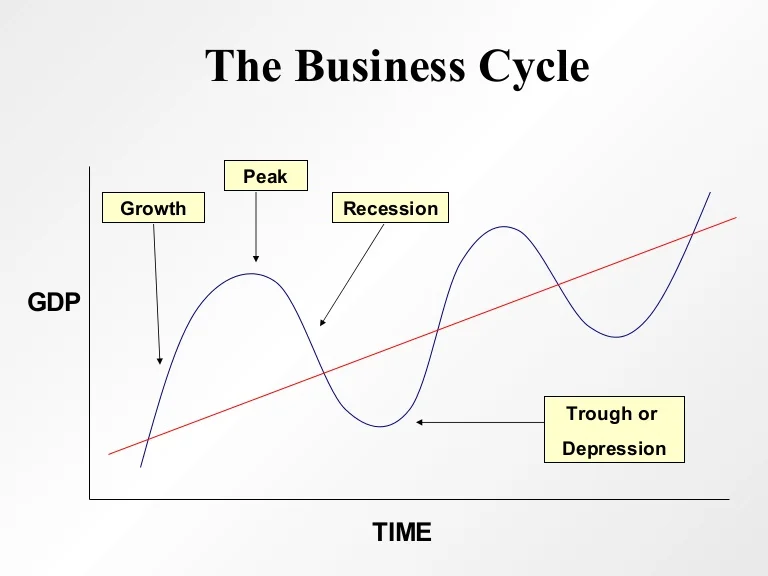


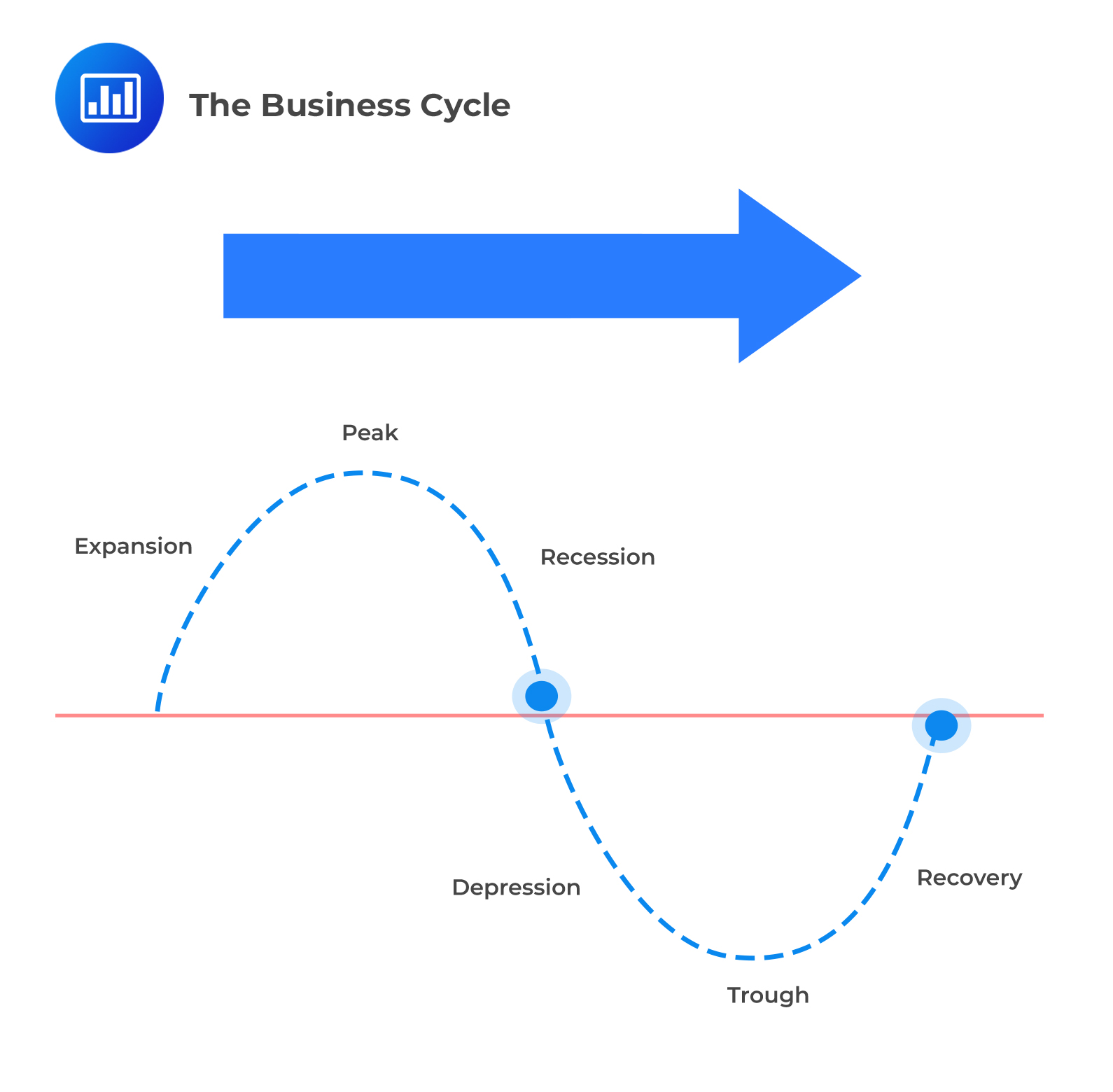
:max_bytes(150000):strip_icc()/businesscycle-013-ba572c5d577c4bd6a367177a02c26423.png)

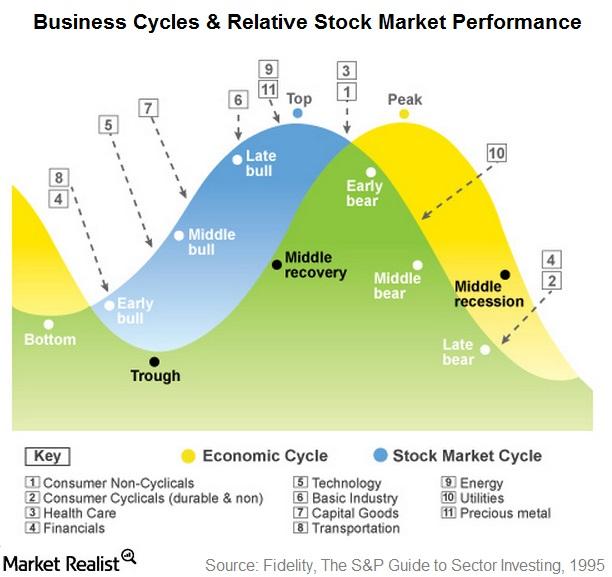

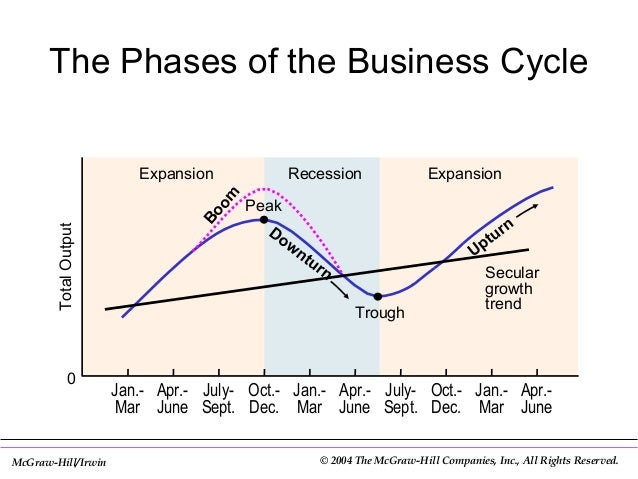
.png)
